What Does Chinch Bug Damage Look Like?
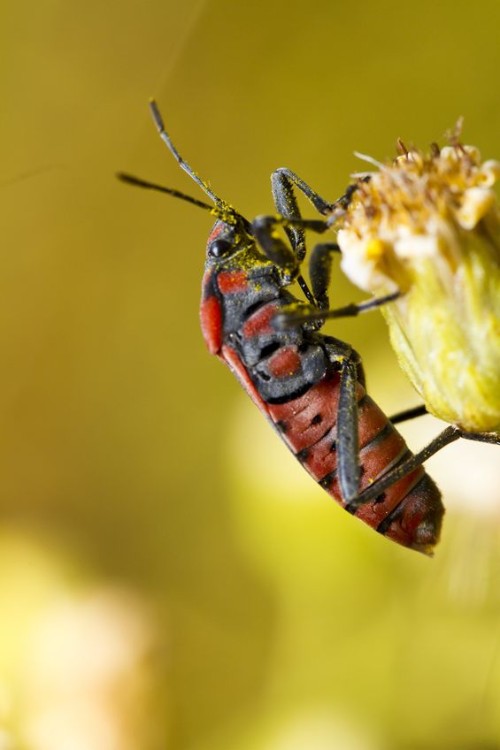
Have you noticed brown patches or areas of dying grass in your lawn? If so, your lawn might be experiencing a common and troublesome problem caused by chinch bugs. Understanding how to identify chinch bug damage, the types of warm-season grasses they affect, the conditions they thrive in, and effective treatment methods is crucial for […]
Texas Winter Weeds
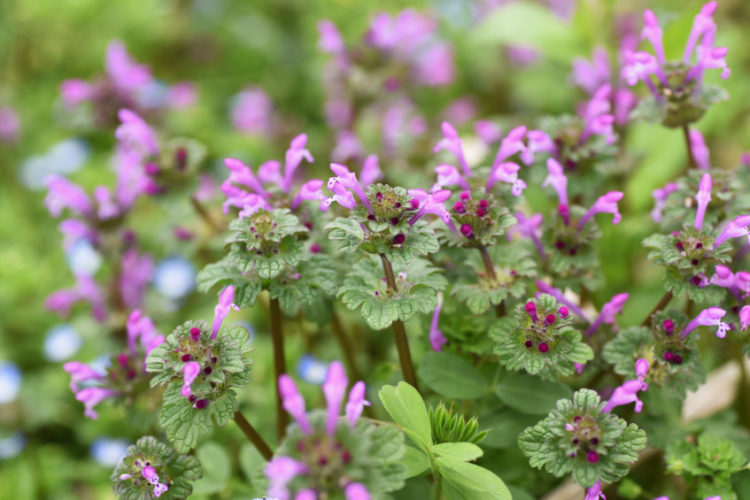
Texas Winter Weeds Over-reliance on herbicides and mild winters have highly contributed to the widespread of winter weeds. The reason these weeds have become an issue is that they thrive on cool temperatures and less daylight. Winter weeds germinate during fall and winter and then begin to grow and spread during spring. During the winter […]
What is Brush Chipping?
Brush chipping refers to a process of removing small pieces of brush or wood from fireplaces, and is often confused with “brush clearing,” which fires departments in some areas attempt to do when a brush fire is far gone. However, they are two very different operations, despite their similarities. In the former, firefighters make sure […]
How to Use a Chainsaw Safely
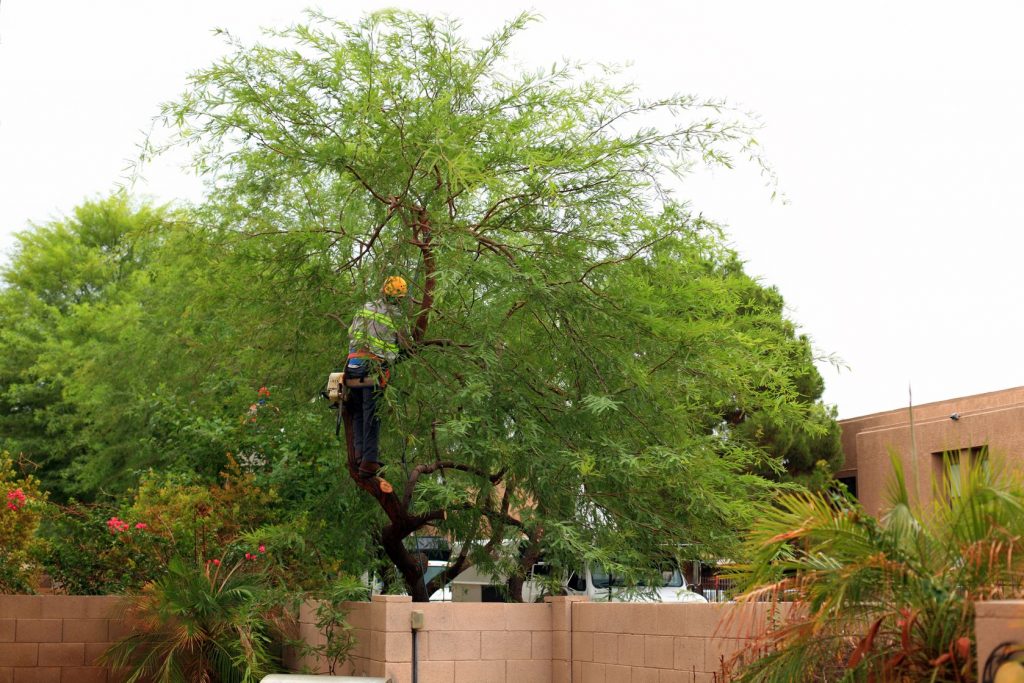
Chainsaws are one of the most popular tree cutting devices on the market. This device can be used to cut any trees and other items quickly. However, this tool can be dangerous for people who don’t have a lot of experience with chainsaws. You need to be very careful with this tool before you start […]
Aeration And Slit Seeding Difference
After the long summer and/or drought conditions, our lawns can be seriously stressed and needs to breathe fresh air. If you want your lawn to refresh and become healthy again, consider the aeration and slit seeding. What is Aeration? Over time, due to heavy foot traffic or age, your soil will become compacted and compressed […]
How To Install A Garden Drainage System
You need a good system that ensures the drainage of the yard is optimal. A constantly wet garden is a perfect ground for mold, moss, and mildew growth. Ensure the garden is appropriately graded to ensure it does not get eroded over time. There are different ways of keeping the plants looking healthy with no […]
Rotoshovel Review: Everything You Need to Know
Gardening and landscaping have always been a spice of life for many. Whether you’re looking forward to planting some new trees outside your house or trim the unnecessary plans in your garden, you’ll need a shovel to complete. In this regard, Rotoshovel is a specially customized shovel with built-in Auger for landscaping and gardening. RotoShovel […]
Prevent Mushrooms on the Lawn
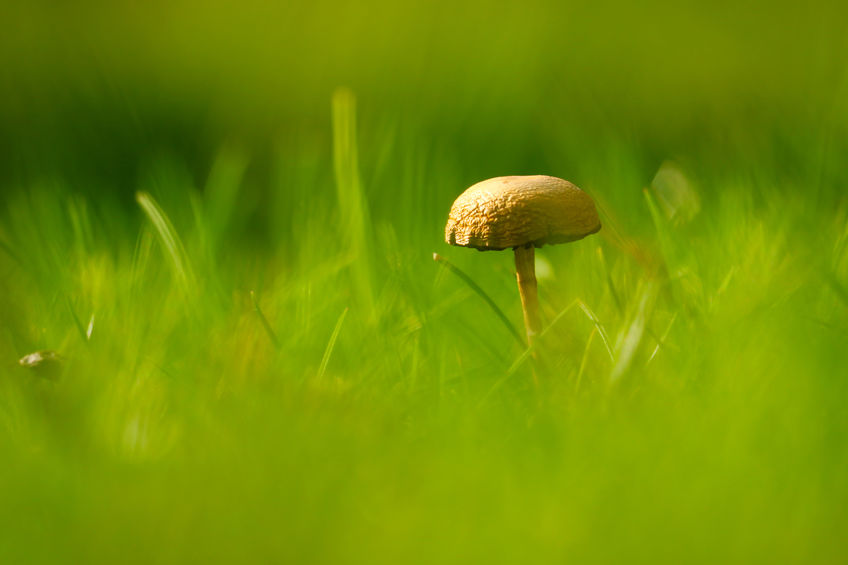
No one likes to see mushrooms growing on their well-maintained lawn. It can be very frustrating for homeowners looking to keep their yard beautiful and lush. Luckily, there are various ways to get rid of mushrooms and keep them from coming back. Although mushrooms on the lawn are not harmful, as they can assist in […]
Simple Tips for Landscaping a New Home
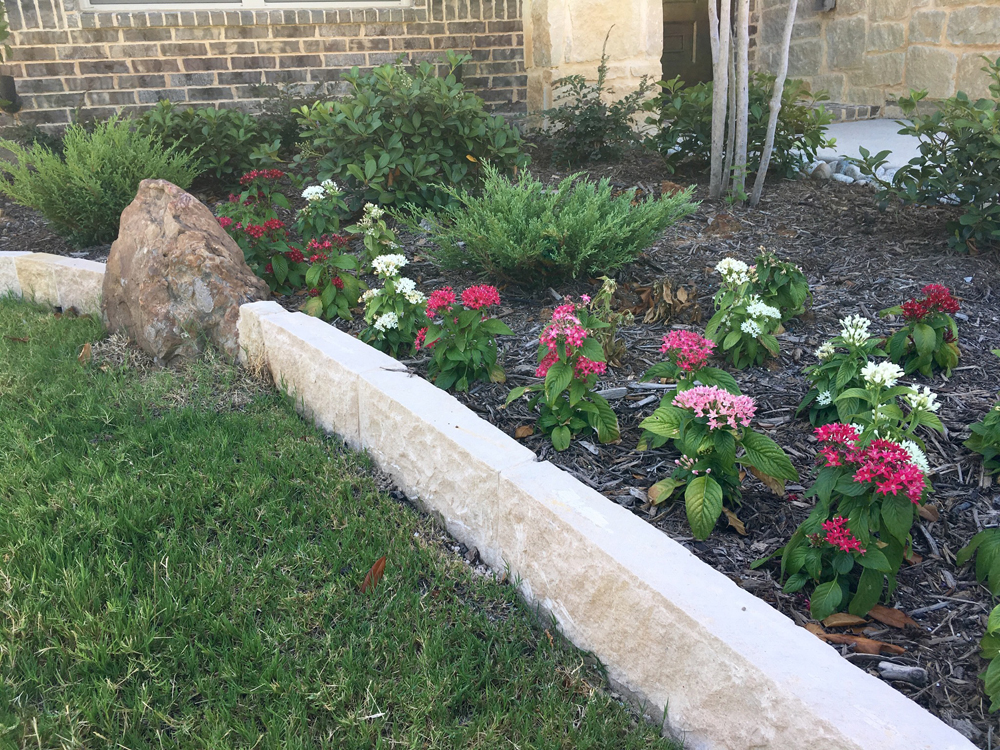
Finally, you have built your new home. You’ve spent days and night ensuring your new home’s design fills all of your expectations. From windows, to doors, to flooring, you were involved in the entire construction process. Now that your dream house is complete, what about the landscape? When landscaping a new home, it is like […]
How to Get Rid of Weeds
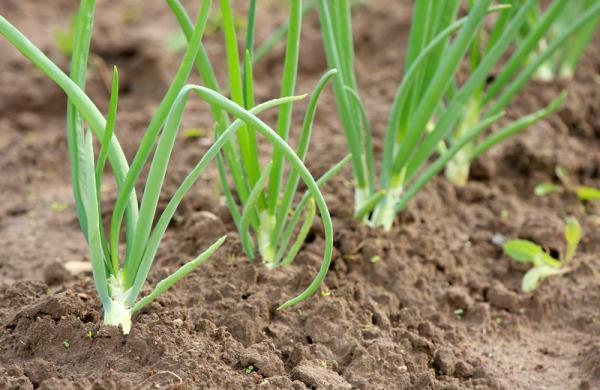
Weeds are a total eyesore. An infested lawn can ruin a beautiful day. Aside from changing your mood, they can bring down the aesthetic value of your turf. The Damaging Effects of Weeds on your Lawn or Garden Reduce crop yields. Weeds not only grow in lawn, but they can also spread from your backyard […]
